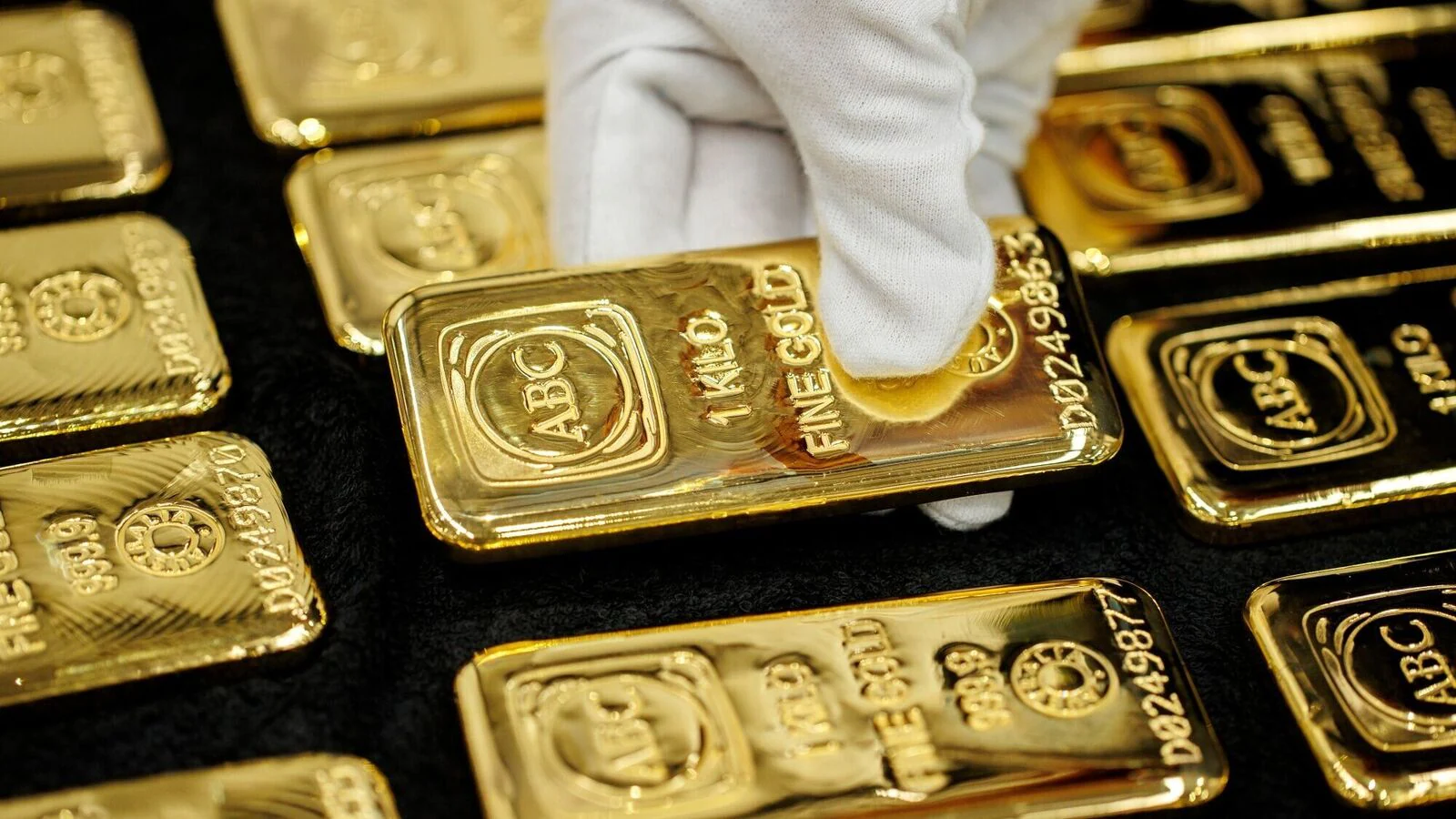gold prices 2025 : Gold’s Glittering Surge: A Warning Wrapped in Brilliance
Gold — humanity’s oldest refuge — is shining with almost blinding intensity. Prices have not merely climbed; they’ve erupted, scaling new peaks that have left economists uneasy and investors contemplative. What appears at first as a triumph of the precious metal may, paradoxically, be a symptom of something deeper — a tremor running through the American economy.
Over the past year, gold has soared nearly 50 percent, with a breathtaking 20 percent leap since mid-August alone. To the casual observer, this might seem like the market simply rediscovering its love for luster. But seasoned watchers see something else: fear. When confidence wanes, gold glows brighter.
Signals of Stress Behind the Shine
Traditionally, gold rises when anxiety does — about inflation, about markets, about governments that can’t seem to find fiscal footing. The U.S. economy, long seen as an unshakable pillar, is showing faint but unmistakable cracks. Job creation is cooling. Household optimism, once buoyant, has begun to sag. Add to that a partial government shutdown that has disrupted economic data releases, and you have a cocktail of confusion that sends investors rushing toward whatever feels safe — even if safety glitters only deceptively.
“Exploding gold prices are never a good omen,” cautions Paolo Pasquariello, finance professor at the University of Michigan. “They’re a warning sign.”
And indeed, that warning echoes beyond Wall Street.
The Broader Unraveling
The U.S. labor market—once the envy of the world—is losing momentum. Global unease adds to the turbulence: geopolitical tensions, partisan paralysis, and economic uncertainty are creating the kind of backdrop where gold doesn’t merely shine; it flares. Even billionaire investor Ray Dalio, never one for hyperbole, describes America’s growing political divide as akin to a “civil war of sorts.” He, too, is turning toward gold — not for its beauty, but for its shelter.
Falling Rates, Fading Dollar, Rising Gold
The Federal Reserve’s anticipated rate cuts have further stoked the fire. Lower rates mean lower yields on bonds and savings — making gold’s zero-yield suddenly feel less like a disadvantage. Meanwhile, the U.S. dollar has tumbled roughly 11 percent this year, its steepest slide in half a century. As the greenback loses muscle, gold gains it.
Morgan Stanley calls the dollar’s decline “historic.” Investors call it “worrisome.” The correlation is simple but profound: when trust in paper wanes, faith in metal waxes.
A Golden Mirage?
But not everyone is buying the narrative of endless ascent. Jim Wyckoff, senior market analyst at Kitco Metals, warns that what we’re witnessing may be a “boom phase” — and booms, by nature, invite busts.
Gold’s rally, he argues, is powered more by emotion than economics. Yes, the conditions — weak jobs data, a softening dollar, global unease — justify the rush. But should any of those variables reverse, gold’s glitter could dim just as fast.
The Final Reflection
So, while the headlines dazzle with talk of record highs and unstoppable momentum, the subtext tells another story. Rising gold often whispers what no one wants to hear: that the world’s confidence in stability is faltering.
Gold’s brilliance, in this sense, is not celebration but signal — a mirror reflecting both wealth and worry. And if history is any guide, whenever the metal shines this bright, something somewhere is breaking.




